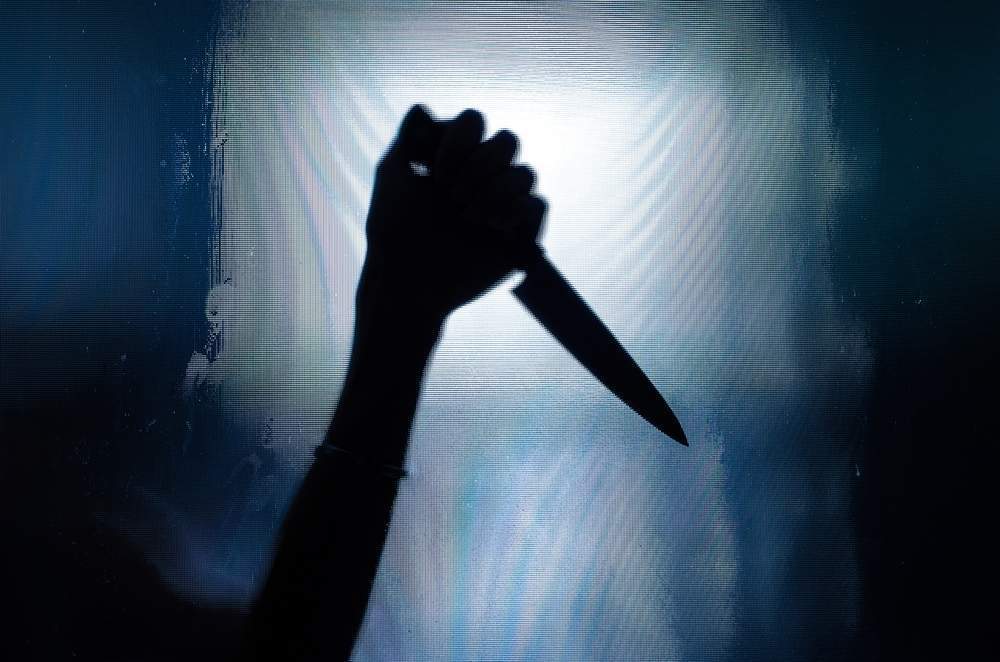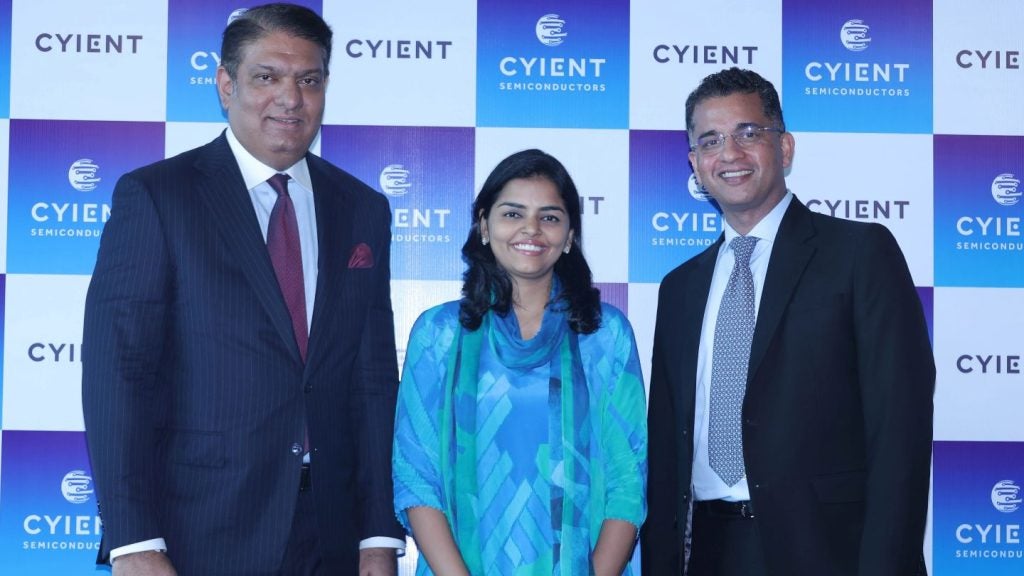
We’re currently in the middle of a renaissance for horror movies in cinemas.
The success of mainstream releases such as It and The Conjuring, alongside indie releases such as Get Out, The Witch, The Babadook, and It Follows is definitely a testament to the genre’s resurgence.
Meanwhile, the newly released A Quiet Place has just become the 12th horror film ever to make more than $100 million at the box office.
According to Rotten Tomatoes’ rankings of the 100 most critically acclaimed horror movies of the past 100 years, there have been more top-released films in this genre released since 2010 than any other decade, accounting for 29% of the list.
The closest decade behind is the 1980s, which makes up 19% of the list. The success of horror series such as Halloween, Alien, Friday The 13th, and A Nightmare On Elm Street, which emerged at the end of the 1970s, kept horror in the mainstream throughout the 1980s.
In contrast, only four films from the 1990s made it into Rotten Tomatoes’ top 100 for horror. Since 1999, another Western horror film (ie. not a horror comedy/foreign horror film) entry doesn’t appear until 2006. From this year onwards, the volume of horror films being released continues to increase right up until the present day.
Films from 2018 are yet included in the rankings and two of these are already generating a lot of critical buzz. John Krasinski’s A Quiet Place and Ghost Stories by Andy Nyman and Jeremy Dyson have both achieved praise from critics.
So how did this resurrection of the horror genre happen?
Recovering from the 1990s
There’s no question that horror as a genre in the 1990s was struggling. Slasher sequels and big budget blood-sucker movies such as Interview With A Vampire and Dracula ruled the roost. These kinds of films had proved popular in the 1980s, but audiences had grown bored of the repetitions of past successes by the 1990s.
However, looking at the results from Box Office Mojo, there are two noteworthy successes which bucked the trend. Both released in 1999, these films have set the tone for many horror films in the decades that followed.
The first of these was The Blair Witch Project, which was the first major success in the found-footage genre. It sees a group of students venturing into the woods where an unseen supernatural entity begins to pick them off. With a script of just 35 pages, mostly improvised by relatively unknown actors, the film was made on a shoe-string budget of just $60,000.
Huge returns on such a small budget with such a simple idea appealed to studios. Low budgets require filmmakers to use more creativity to get around financial constraints, which is evident in films such The Babadook and It Follows.
The second was M Night Shyamalan’s landmark ghost story, The Sixth Sense. While the film will always be remembered for its last-minute twist, it was arguably the precursor to more cerebral horror productions. Traditionally, the horror genre was pretty straightforward. A blood-thirsty villain versus a set of heroes and lots of deaths, without much else going on. Horror tropes were so widespread that at some stage many horror films began to parody themselves and became predictable to the audience. However, The Sixth Sense proved the genre could still be clever and surprising.
Films such as Get Out, A Quiet Place, and The Witch are the natural successors of this movement towards thought-provoking horror films.
Building on themes
Arguably, the early 2000s are where horror movies began to evolve into their current formula, building on the newly established themes.
One of the biggest horror success stories of the 2000s was the Saw franchise. The first film in the series started as a neat halfway point between the slashers of the early 90s and the burgeoning low-budget horrors. The first Saw film had a budget of just £1.2 million. It was a complex tale of revenge told with plenty of gore and blood. As the franchise continued, it arguably moved away from its roots by increasing the budget and the gore, repeating the revenge story with various new permutations.
Elsewhere, one of the most noteworthy horror series which began in the 2000s was the Paranormal Activity series. A spiritual successor to The Blair Witch Project, the film was a return of the found-footage genre. Shot on a shoestring budget of just $15,000, it made $193.4 million at the box office. It also spawned four sequels and sparked a resurgence in found-footage horror.
The late 2000s and early 2010s also saw a growing confidence in horror by studios. Remakes of popular 1980s horror movies, including Friday The 13th, Nightmare On Elm Street, and Halloween, started appearing at the box office. While these proved somewhat popular, they never recaptured the feeling of those films from the heyday. If anything, they proved that cinema-goers had a desire for new concepts and bold ideas.
By the mid-2010s, audiences started to see a fresh wave of ‘intelligent’ horror. Films such as The Witch, A Girl Walks Home Alone At Night, and Get Out also dealt with social themes, rather than just being straight horror.
A new golden age
These days, the horror genre is arguably in a new golden age. Since 2010, 12 horror movies have grossed over $100 million at the US box office. This might not sound like a lot, but in the whole history of cinema, only 22 horror films have achieved this feat.
In addition to box office results, critical acclaim for horror movies is also at a high point.
Arguably, budget horror movies are leading the pack. Out of all the horror films that have been rated through the decades, modern budget horrors are performing strongly. Around 20% of Rotten Tomatoes’ list of 143 ‘Certified Fresh’ (critically acclaimed) horror films are micro-budget movies released since 2010.
Nowhere was this clearer than at the 2018 Oscars, when Get Out was nominated for Best Picture, Best Director, and Best Original Screenplay. It became the first horror film since The Sixth Sense to receive nominations in the most prestigious categories.
This legacy looks set to continue with the box office success of A Quiet Place, which director John Krasinski admitted was influenced by Get Out.
That’s not to say horror can’t do massive spectacle though. The September 2017 release of It proved that horror can do big-budget just as well as the superhero movies we’ve grown accustomed to. The film is arguably the apotheosis of the high-concept spectacle horror films.
Bolstered by a wave of 1980s nostalgia (arguably created by the Netflix series Stranger Things which itself pays homage to plenty of class 1980s horror films), It went on to earn 20 times its $35 million budget to become the highest grossing horror movie ever made. It easily outperformed the next highest grossing horror, 1973’s The Exorcist.
The future of horror movies
What stands out in all this is the fact that horror invites experimentation, arguably more than any other genre.
In addition, the relatively low-cost and high potential returns make it an ideal proving ground for freshmen directors to make their debuts. The success of micro-budget movies such as Paranormal Activity and The Blair Witch Project should give studios confidence.
The next few years are expected to see a further explosion in horror, riding on the back of recent successes.
While huge tentpole franchises such as It and The Conjuring are likely to bring in big bucks, smaller indie films might also prove safe bets for big studios. In addition, streaming services have proven to be an effective portal for horror, ensuring studios can earn back their investment even with what is considered to be a disappointing horror movie such as The Cloverfield Paradox.
Adding to this, horror is beginning to attract major stars, with Helen Mirren, Claire Foy, Liv Tyler and Martin Freeman just some of the names taking the lead in horror films this year.
It is safe to say that things are looking good for the horror genre right now. And unlike the Halloween series’ Michael Myers, there’ll be no killing of this genre.







